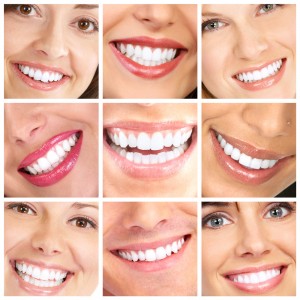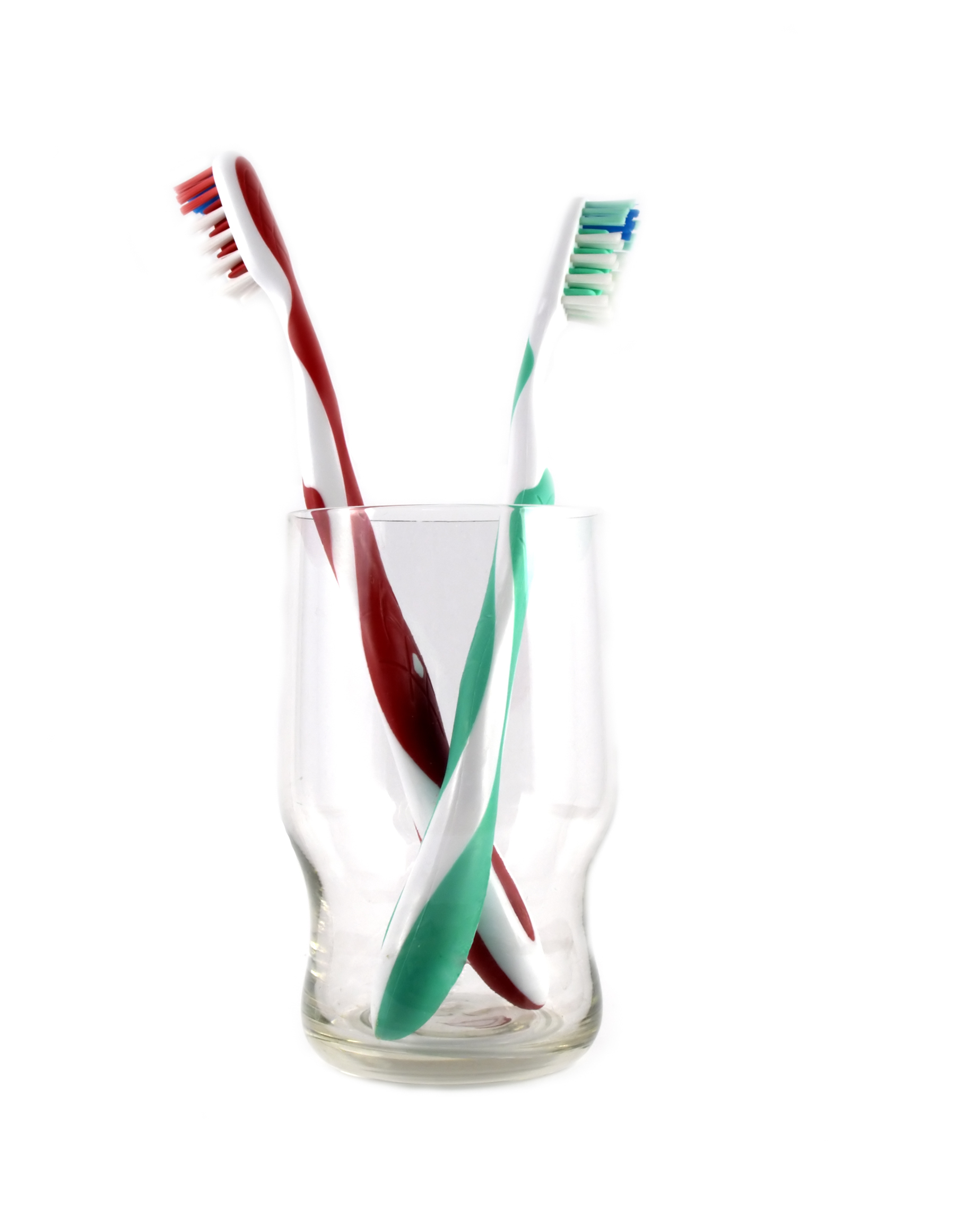 Nineteenth century novelist George Eliot once said, “Wear a smile and have friends; wear a scowl and have wrinkles.”
Nineteenth century novelist George Eliot once said, “Wear a smile and have friends; wear a scowl and have wrinkles.”
Yet smiling is more than just a way to convince your mother that you really did enjoy that meatloaf surprise. Even the smallest upward lip curve—whether or not it’s sincerely delivered—has far-reaching emotional and physical benefits.
Here are five advantages of turning that frown upside down:
1. Studies have shown that smiling lowers blood pressure. If you need some instant Zen, then all you have to do is smile. Chanting is optional (especially if you’re standing in line at the grocery store). Continue reading Five Reasons Why It’s Worthwhile to Smile
